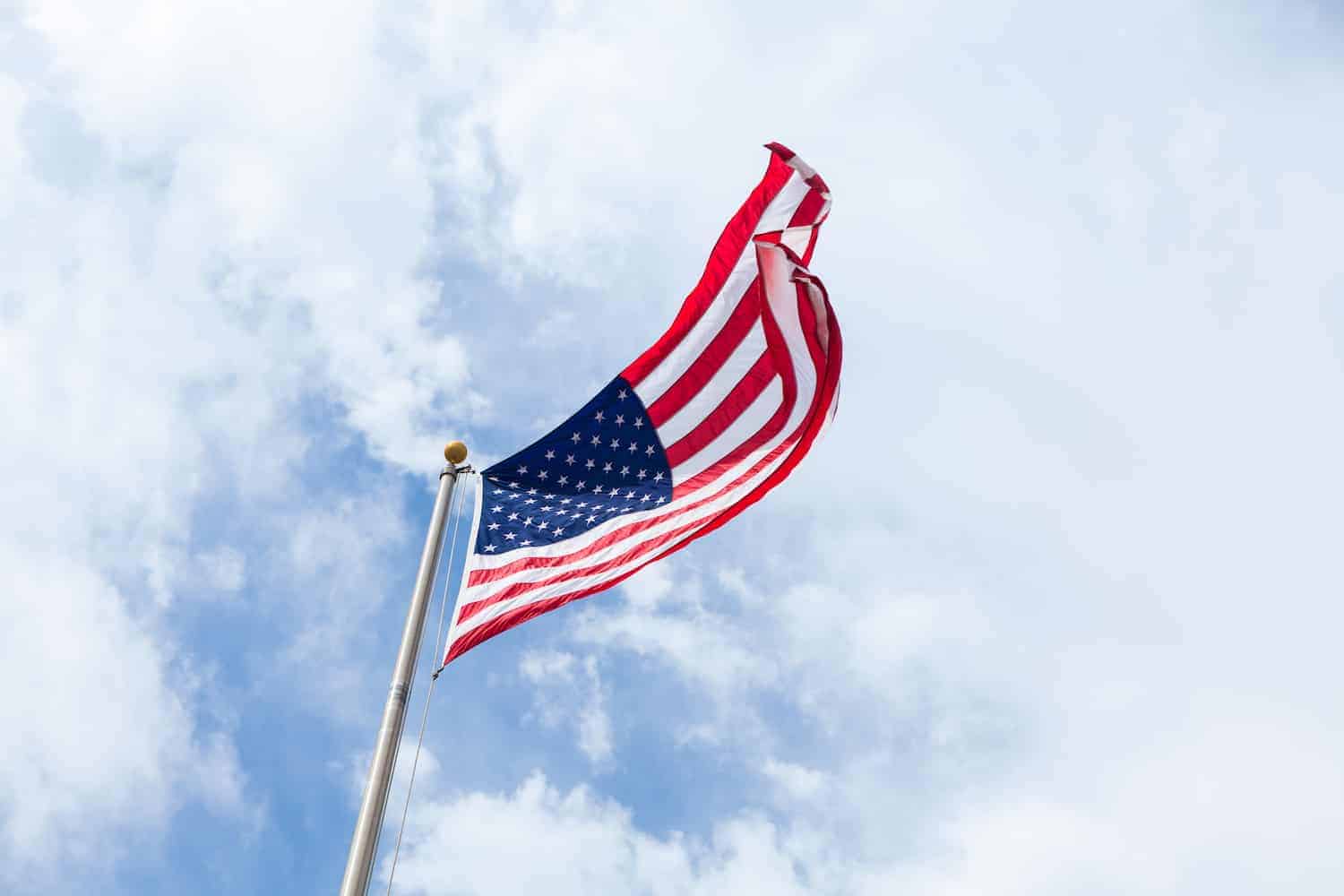
The New York Federal Reserve has now pumped $128 billion into overnight lending markets in a bid to lower the interest rates. The drastic action was implemented in two days. On Tuesday, the central bank injected $53 billion and another $75 billion on Wednesday.
The Federal Reserve was staring at soaring interest rates that could break out of the bank’s target range. A similar pump took place 10 years ago during the great recession.
Before the injection, the lending rates had soared to 10% and have now lowered to 3% with the central bank targetting the range of 1.75% and 2% for overnight lending rates.
The overnight lending is vital since it is utilized by banks to borrow funds cheaply for a short period.
Quarterly Tax Bills To Blame
Questions have emerged regarding the diminishing amount of cash in the bank’s hand for short term funding. The funds dried up this week resulting into the soaring rates.
The shortage can be explained by the fact that a majority of businesses have just remitted their quarterly tax bills which coincided with the issuance of new bonds by the Treasury.
Some banking experts note that the amount of cash in the banking system is minimal.
It should be noted that the Federal Reserve resolved to cut its benchmark rates twice in one year. However, the policy committee was not in unison with the decision. During the vote, three of the 10 voting members dissented. The first cut was in July, something that has never occurred in over a decade.
Trump’s Target For Lower Rates Range
The U.S. President Donald Trump has not welcomed the 1.75% and 2% rate range. Through a Twitter post, Trump called out Federal Reserve Chair Jerome Powell as a “terrible communicator. The cuts are not what Trump expected.
Jay Powell and the Federal Reserve Fail Again. No “guts,” no sense, no vision! A terrible communicator!
— Donald J. Trump (@realDonaldTrump) September 18, 2019
Trump wants the U.S. emulates countries like Germany who he believes have an advantage due to their negative interest rates. However, negative rates is an indicator that these countries might be staring at a recession.
Officials from the Federal Reserve have blamed Trump’s trade war with China as a source of uncertainty.
Trusted & Regulated Stock & CFD Brokers
What we like
- 0% Fees on Stocks
- 5000+ Stocks, ETFs and other Markets
- Accepts Paypal Deposits
Min Deposit
$200
Charge per Trade
Zero Commission on real stocks
64 traders signed up today
Visit Now67% of retail investor accounts lose money when trading CFDs with this provider. You should consider whether you can afford to take the high risk of losing your money.
Available Assets
- Total Number of Stocks & Shares5000+
- US Stocks
- German Stocks
- UK Stocks
- European
- ETF Stocks
- IPO
- Funds
- Bonds
- Options
- Futures
- CFDs
- Crypto
Charge per Trade
- FTSE 100 Zero Commission
- NASDAQ Zero Commission
- DAX Zero Commission
- Facebook Zero Commission
- Alphabet Zero Commission
- Tesla Zero Commission
- Apple Zero Commission
- Microsoft Zero Commission
Deposit Method
- Wire Transfer
- Credit Cards
- Bank Account
- Paypall
- Skrill
- Neteller
What we like
- Sign up today and get $5 free
- Fractals Available
- Paypal Available
Min Deposit
$0
Charge per Trade
$1 to $9 PCM
Visit Now
Investing in financial markets carries risk, you have the potential to lose your total investment.
Available Assets
- Total Number of Shares999
- US Stocks
- German Stocks
- UK Stocks
- European Stocks
- EFTs
- IPOs
- Funds
- Bonds
- Options
- Futures
- CFDs
- Crypto
Charge per Trade
- FTSE 100 $1 - $9 per month
- NASDAQ $1 - $9 per month
- DAX $1 - $9 per month
- Facebook $1 - $9 per month
- Alphabet $1 - $9 per month
- Telsa $1 - $9 per month
- Apple $1 - $9 per month
- Microsoft $1 - $9 per month
Deposit Method
- Wire Transfer
- Credit Cards
- Bank Account



